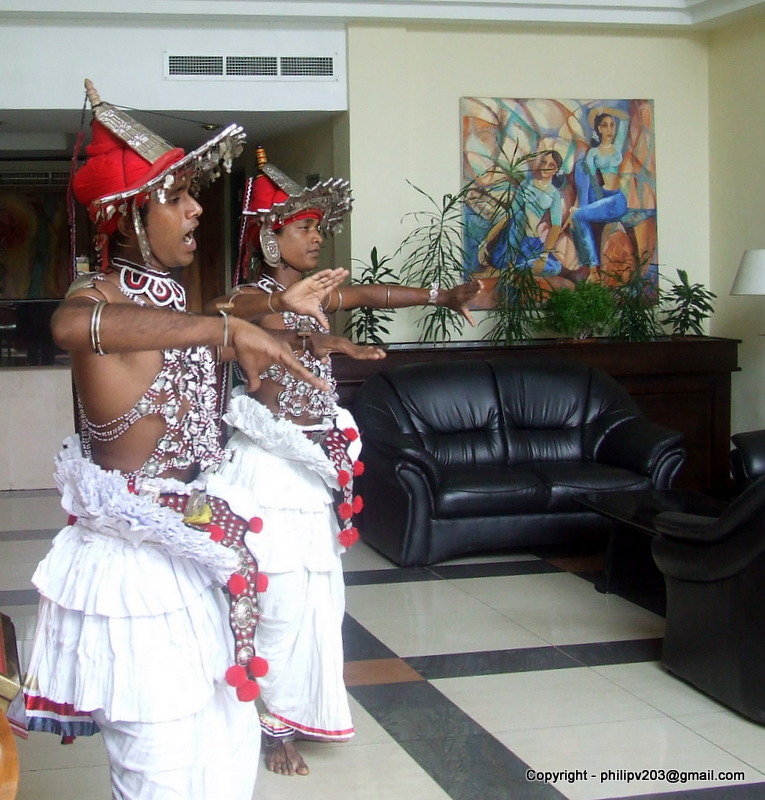A story among the village folk in Sri Lanka had it that there was a twin image to the famous 'Aukana' Buddha image, close to it near Kalawewa. It was claimed in the village folk-lore that these two images were started by two sculptors who happened to be a teacher ('guru') and his earlier student ('golaya'). It was a race against time to see who would complete the statue earlier. When the news reached the 'Guru' that his 'Golaya' working the 'Aukana' statue had completed it, the 'Guru' is supposed to have committed suicide by jumping down from the top of the statue at 'Sasaeruwa'.
Like all stories this was interesting listening to but was wrong on facts.
According to the temple authorities this statue was made during the reign of 'King Paetiss the second'. This was in the Buddhist Era 237 (307 BC). The statue is 42 feet and four inches in height, being four inches higher than the 'Aukana statue'. Thus it was claimed that
it was more than 400 years older and was four inches higher than the majestic 'Aukana' statue.
The statue shows signs of not having been completed.
 |
The '
Aukana' Buddha statue. |
Image – www.triplegem.iwopop.com/
The difference in opinion of the experts
of the dating of Aukana Buddha statues was finally resolved following the
discovery in the year 1952, of an inscription on a granite slab built onto the
northern wall of the shrine. The statue was sculpted in the second half of the
8th century AD when Mahayana Buddhism threatened to take root in Sri Lanka.
http://www.lanka.com/sri-lanka/aukana-buddha-statue-933.html





